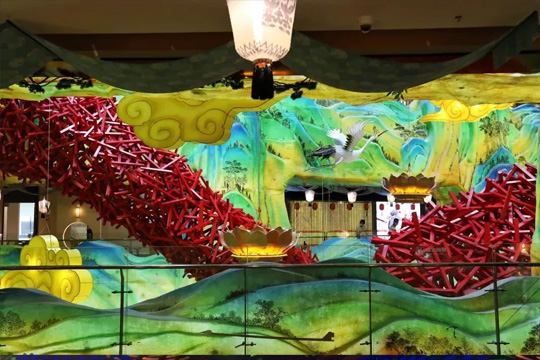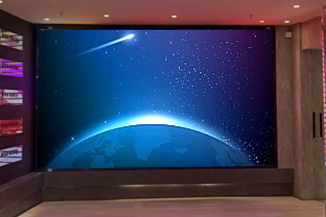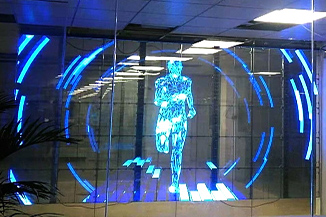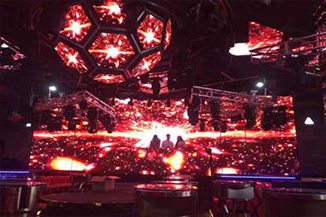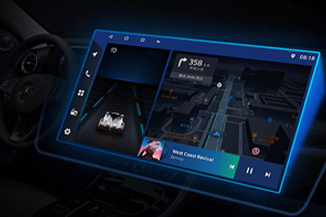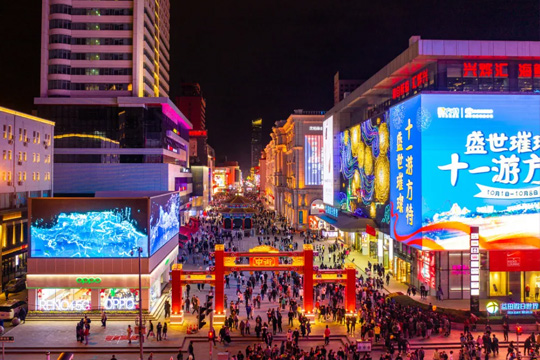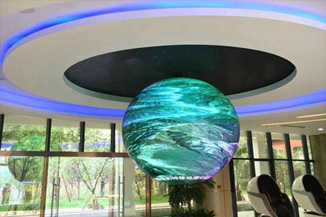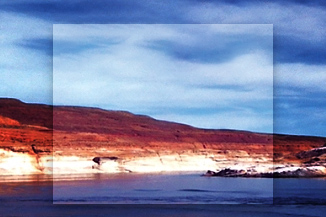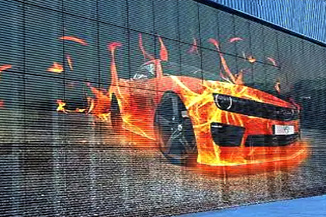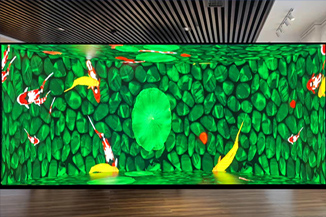Publisher: Supplier of LED Display Time: 2024-11-20 16:18 Views: 898
In today's visual display field, LED display is ubiquitous, from the busy streets of the giant outdoor advertising screen to the indoor conference room information display screen, its power is a key parameter, directly affecting the display's energy consumption, brightness and use of the scene and so on. lcf editors will be analyzing the power of the led display and the application of the scene of the association between in this article.
First, indoor LED display power
(i) small pitch LED display
Small pitch LED display is usually used in indoor environments with very high requirements for picture quality, such as high-end conference rooms, command centres, etc.. Taking P1.2 specification as an example, the power per square metre is about 300-500 watts. This is because the small pitch display needs higher brightness to ensure the clarity of the close viewing, and its pixel density, many LED lamp beads work at the same time resulting in relatively high power. P2 specifications of indoor small pitch LED display power per square metre is about 200-300 watts, although the pixel pitch is slightly larger than P1.2, but still need to maintain high brightness and display quality.
(ii) Conventional indoor LED display
For general indoor commercial places to use LED display, such as shopping malls, cinemas, hotel lobbies, etc., the pixel pitch in the P3-P5 or so. P3 display power per square metre is about 150-200 watts, P5 display power per square metre is 100-150 watts. This power level can meet the normal brightness requirements of indoor environments, so that the audience can clearly see the display content from a certain distance away, and at the same time will not produce excessive heat and energy consumption due to excessive power.
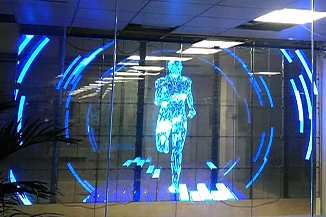
(iii) Simple indoor text display
Some only for displaying simple text information indoor LED display screen, such as small shop price board, school classroom notice screen, etc., the power is even lower. These small single and two-colour displays may have a power of 50-100 watts per square metre, because they only need lower brightness to display basic text content, without the need for high resolution and high colour expression.
Second, outdoor LED display power
(i) Outdoor LED display for close viewing
In the bus station advertising screen, street side small information display screen and other close outdoor viewing scene, the pixel pitch is generally in the P5-P8 or so. P5 outdoor display power per square metre is about 300-400 watts, P8 outdoor display power per square metre is about 200-300 watts. Due to the strong light in the outdoor environment, even the display screen for close viewing needs high brightness to ensure the visibility of the content, so the power is relatively high.
(ii) large outdoor LED display for long-distance viewing
Large outdoor advertising, sports stadium scoreboard, city landmark display and other long-distance viewing scenes, usually using P10, P16, P20 and other large pixel pitch LED display. p10 outdoor display power per square metre of about 500-800 watts, p20 outdoor display power per square metre of up to 1000-1500 watts. These displays should be in the long distance and bright light environment for the audience to clearly see the content, so it needs a very high brightness, which leads to a higher power.
Third, the factors affecting the power of the LED display
(i) brightness requirements
Outdoor environment light intensity is much higher than indoor, in order to ensure that the display content is clearly visible, outdoor LED display needs higher brightness, which directly leads to its power than indoor display. Even indoors, different use of the scene on the brightness requirements are different, such as stage performances with the display needs to be higher than the conference room display brightness, the corresponding power will also increase.
(ii) Pixel Pitch
The smaller the pixel pitch, the more LED beads per unit area. More beads means higher power. In order to achieve high resolution and detailed image display, small pitch LED display requires more lamp beads to work at the same time, thus consuming more power.
(iii) Display colours
Full-colour LED display needs to supply power to the red, green and blue LED lamp beads of each pixel point, which is higher power compared with single-colour or double-colour display. To present rich colours and realistic images, full-colour displays need more energy to drive the combination of different coloured lamp beads to emit light.
(iv) Size
The larger the area of the display, the more the total number of LED lamp beads included, the greater the overall power. For example, a 10 square metres of LED display power is obviously much higher than 1 square metres of display power, because the large area of the display requires more energy to maintain the normal operation of all the lamp beads.
Fourth, the relationship between LED display power and practical applications
(i) Energy cost
Understanding the power of the LED display is crucial for calculating the energy cost. For displays used for a long time, such as outdoor advertising screens, the power size directly determines the electricity expenditure. When choosing a display, you need to consider the impact of power on operating costs according to the length of use and electricity prices and other factors.
(ii) power supply configuration
Appropriate power supply configuration is the key to ensure stable operation of the LED display. According to the power of the display, to choose power matching and reliable quality power supply. If the power supply power is insufficient, may lead to the display brightness is insufficient, flicker or even can not work properly; And power supply power is too large may cause energy waste and potential safety hazards.
(iii) heat dissipation design
High-power LED display in the working process will produce more heat. For higher power display, need to have good heat dissipation design, such as cooling fan, heat sink, etc., in order to prevent overheating caused by the LED lamp bead life shortening, display effect degradation and other problems.
In conclusion, the power of LED displays varies greatly depending on factors such as indoor and outdoor environments, pixel pitch, display colour and size. In the selection and use of LED display, fully understand its power characteristics to achieve the best display effect, control costs and ensure stable operation of the equipment are of great significance.
The above is LCF editorial to you to sort out the power of the led display and the correlation between the application scene, I hope to help you, at the same time welcome you to add or correct.LCF is a collection of research and development, intelligence, sales, operation, service in one of the national speciality and speciality of new small giant enterprises, national high-tech enterprises. If you need to buy LED electronic display friends can also directly contact the LED display manufacturer LCF, the big country brand, trustworthy!
